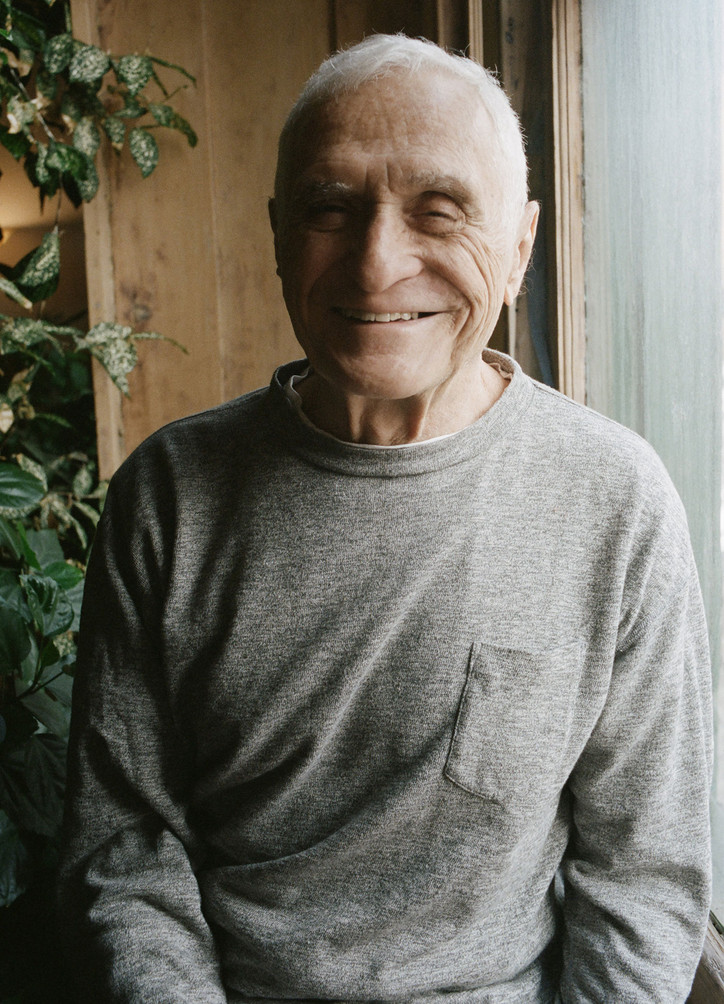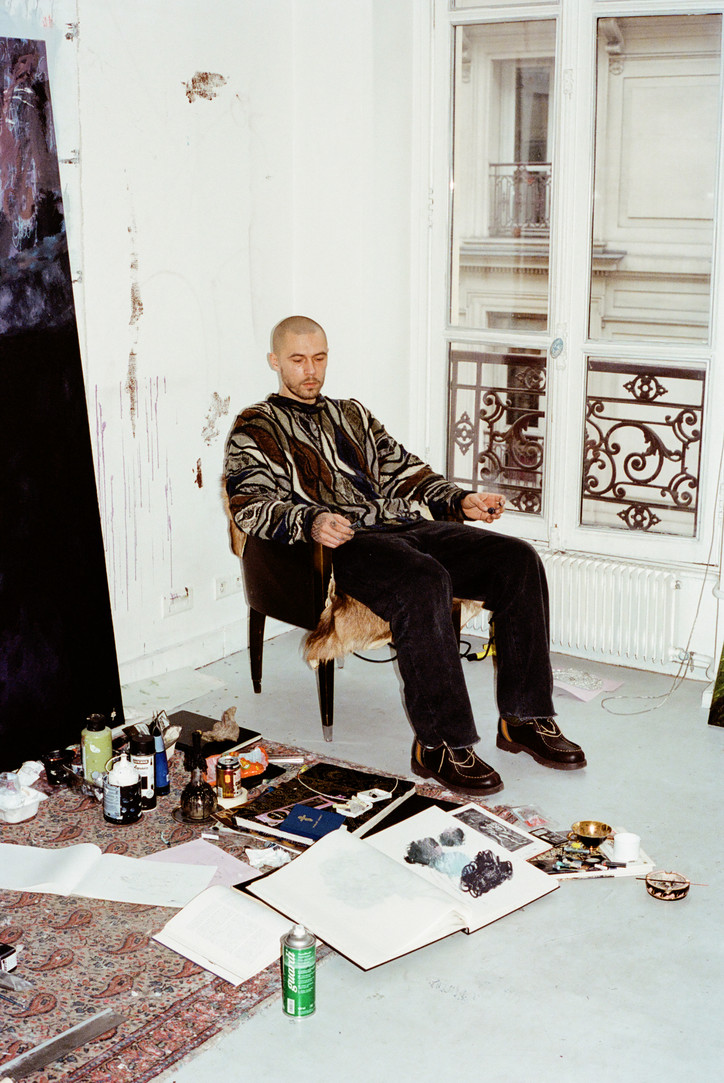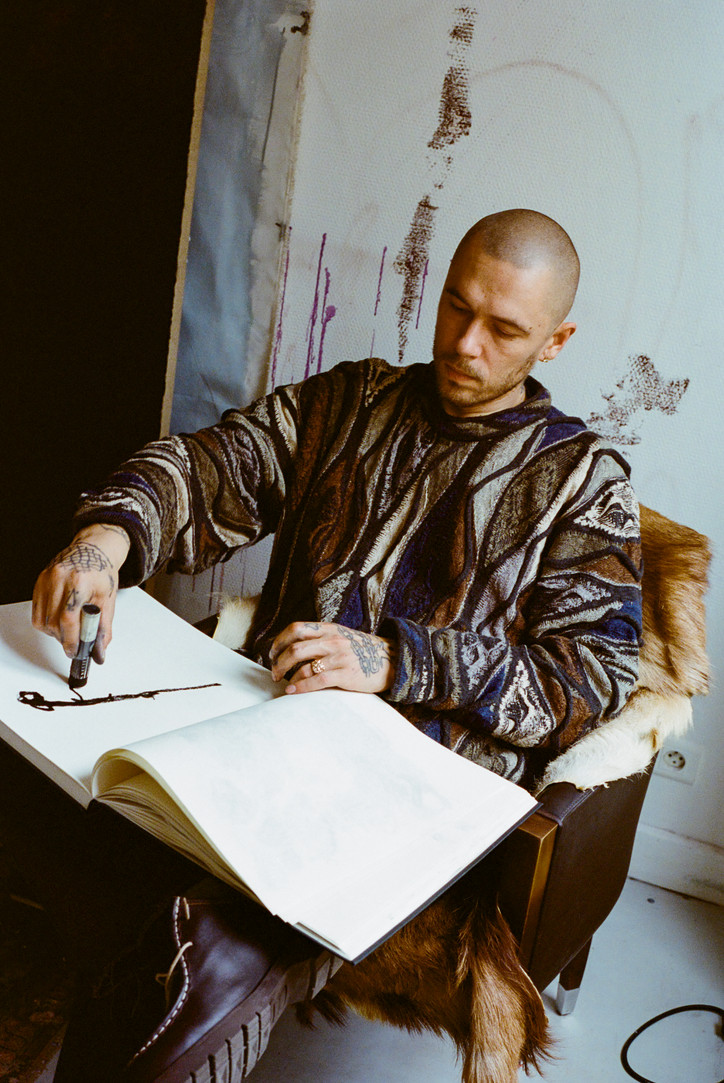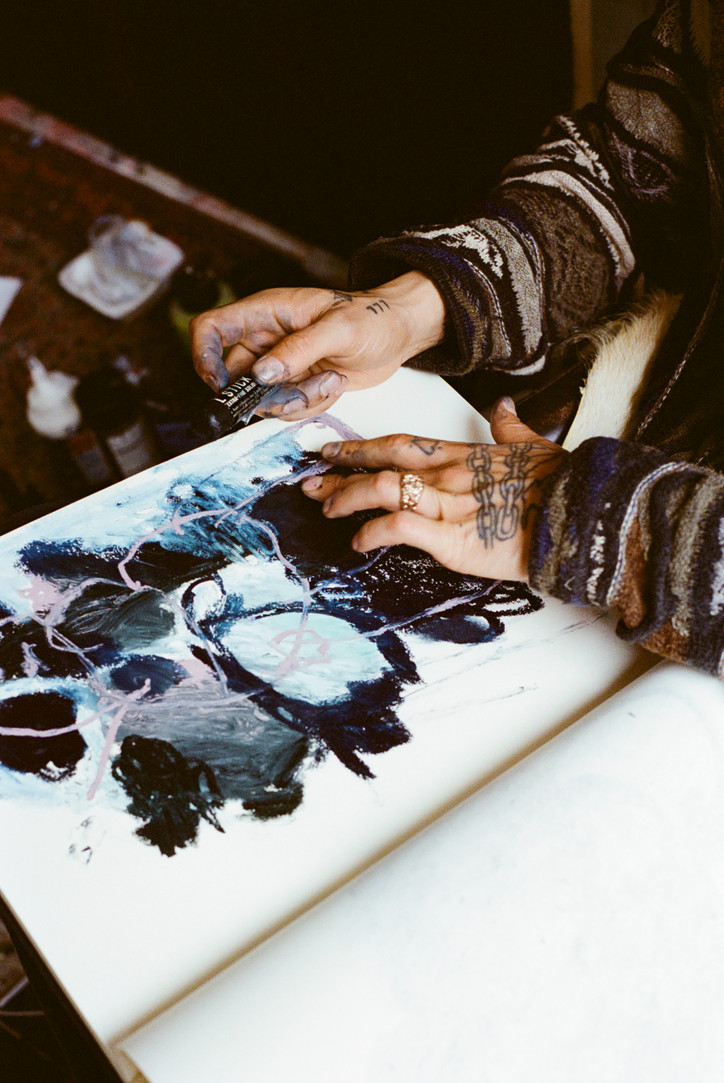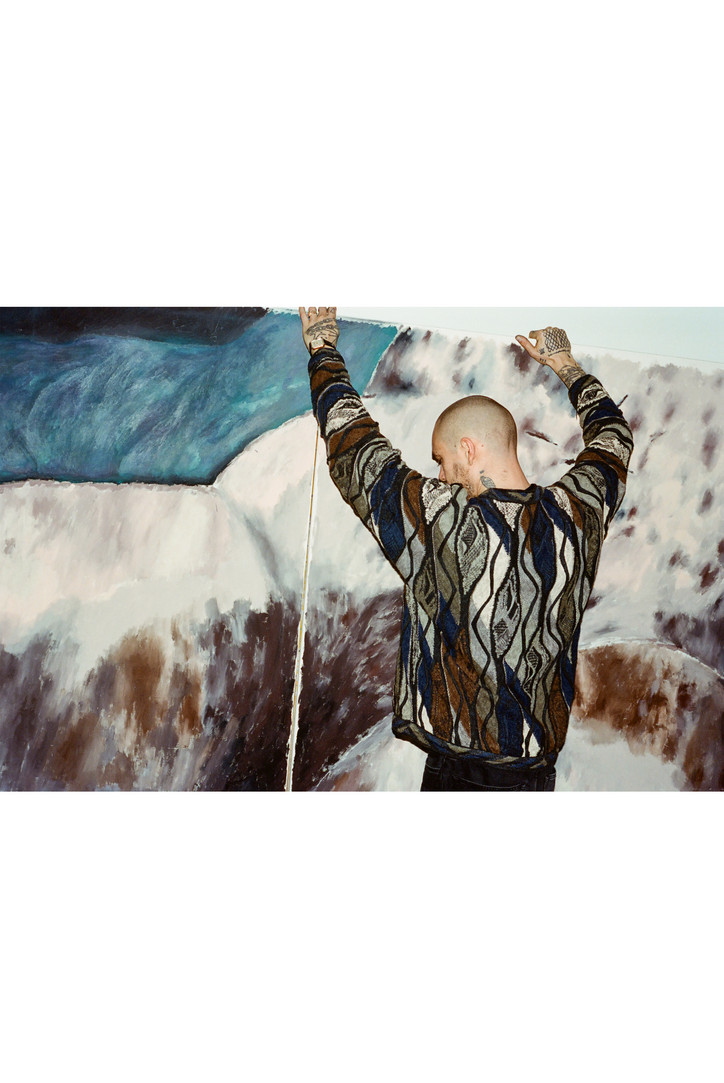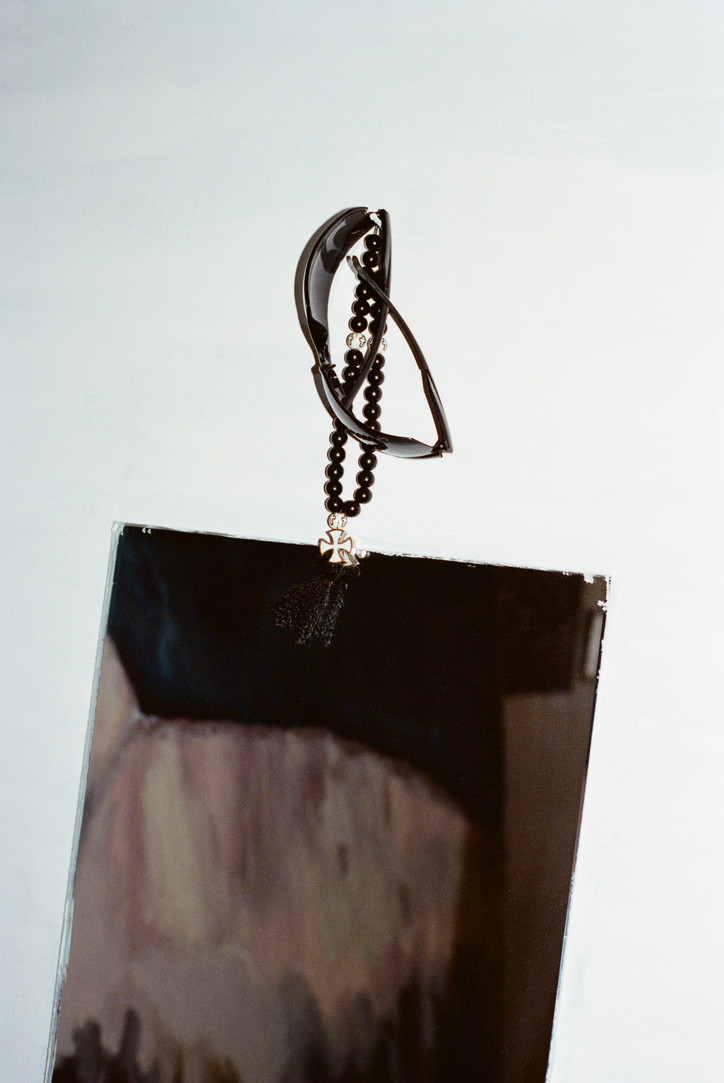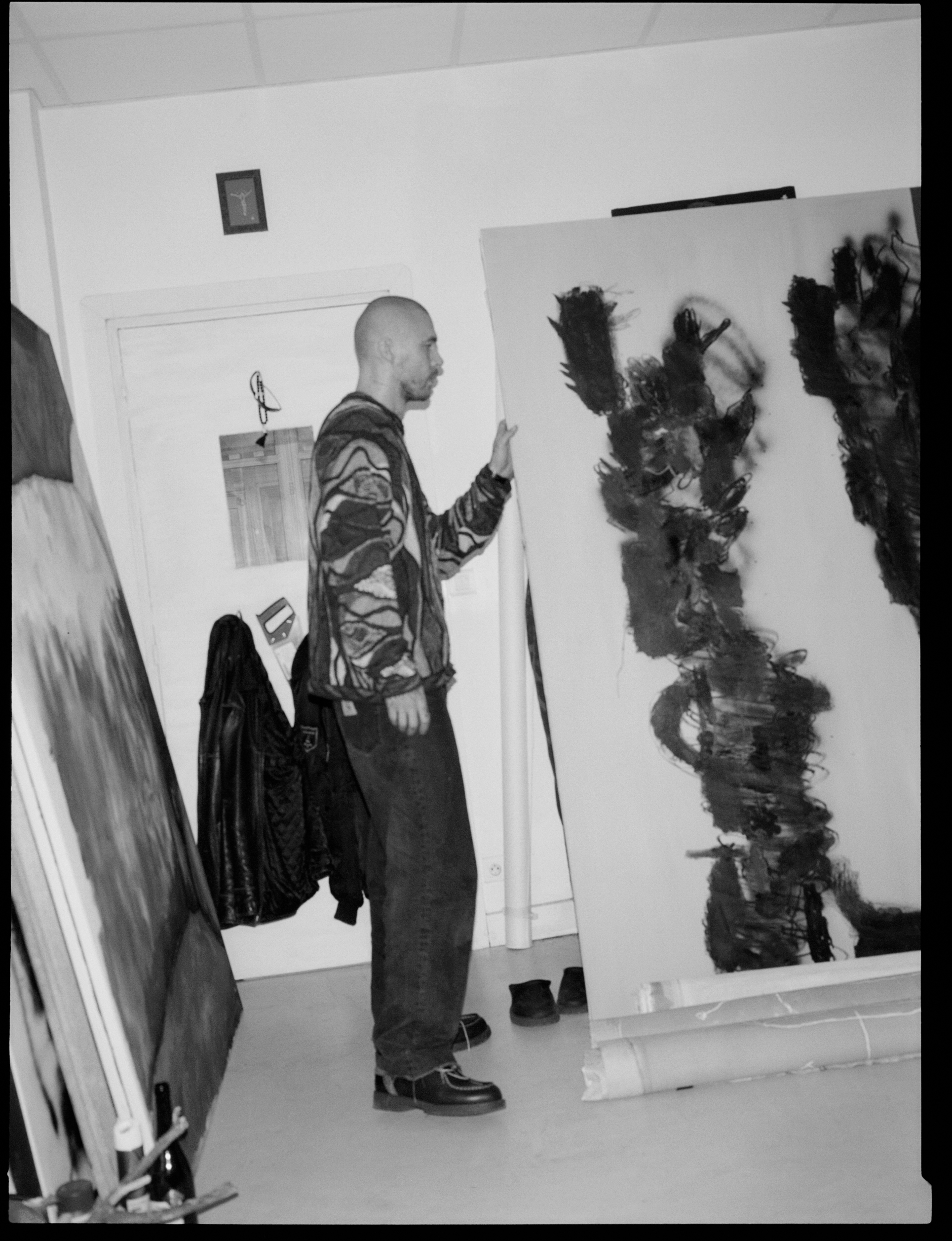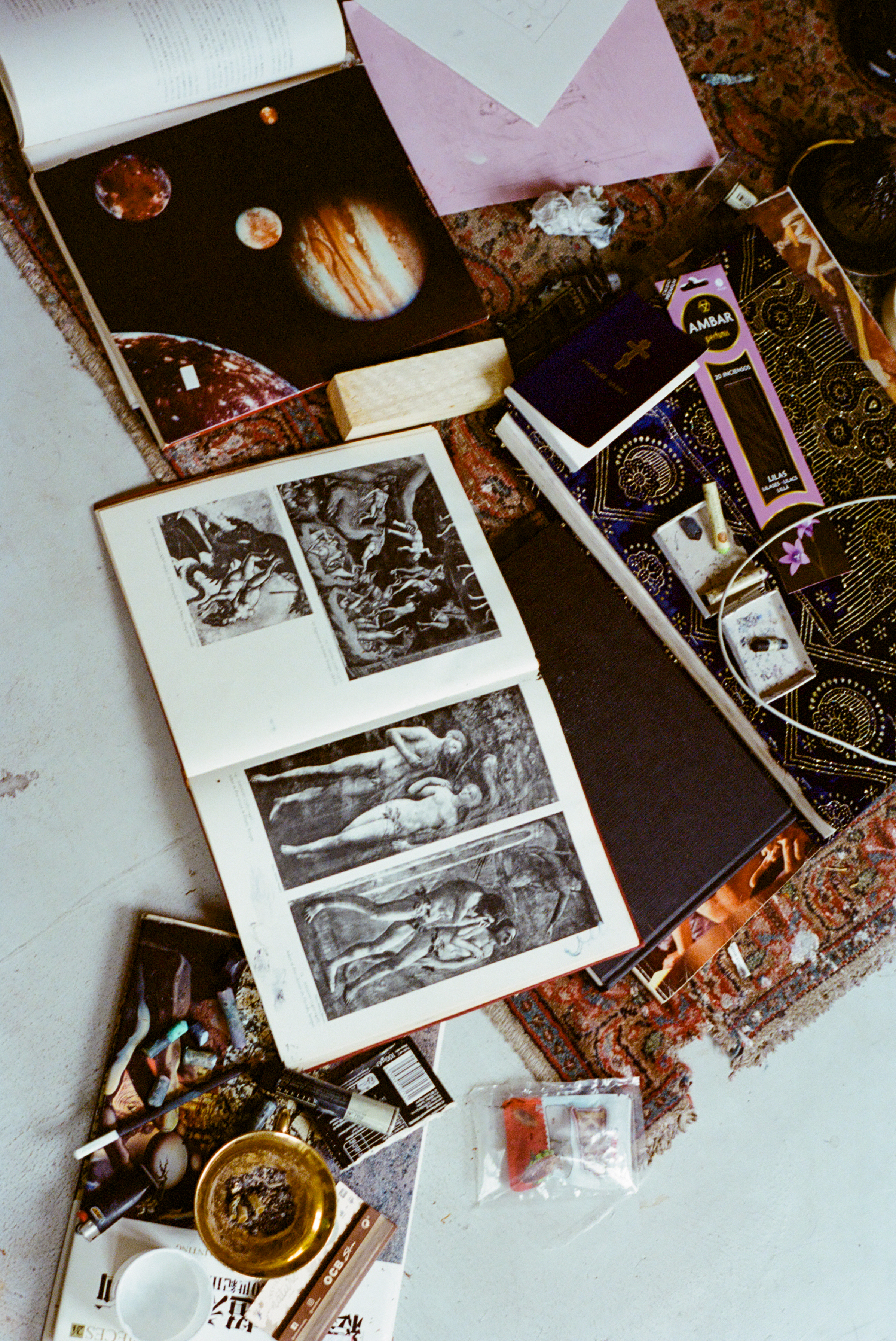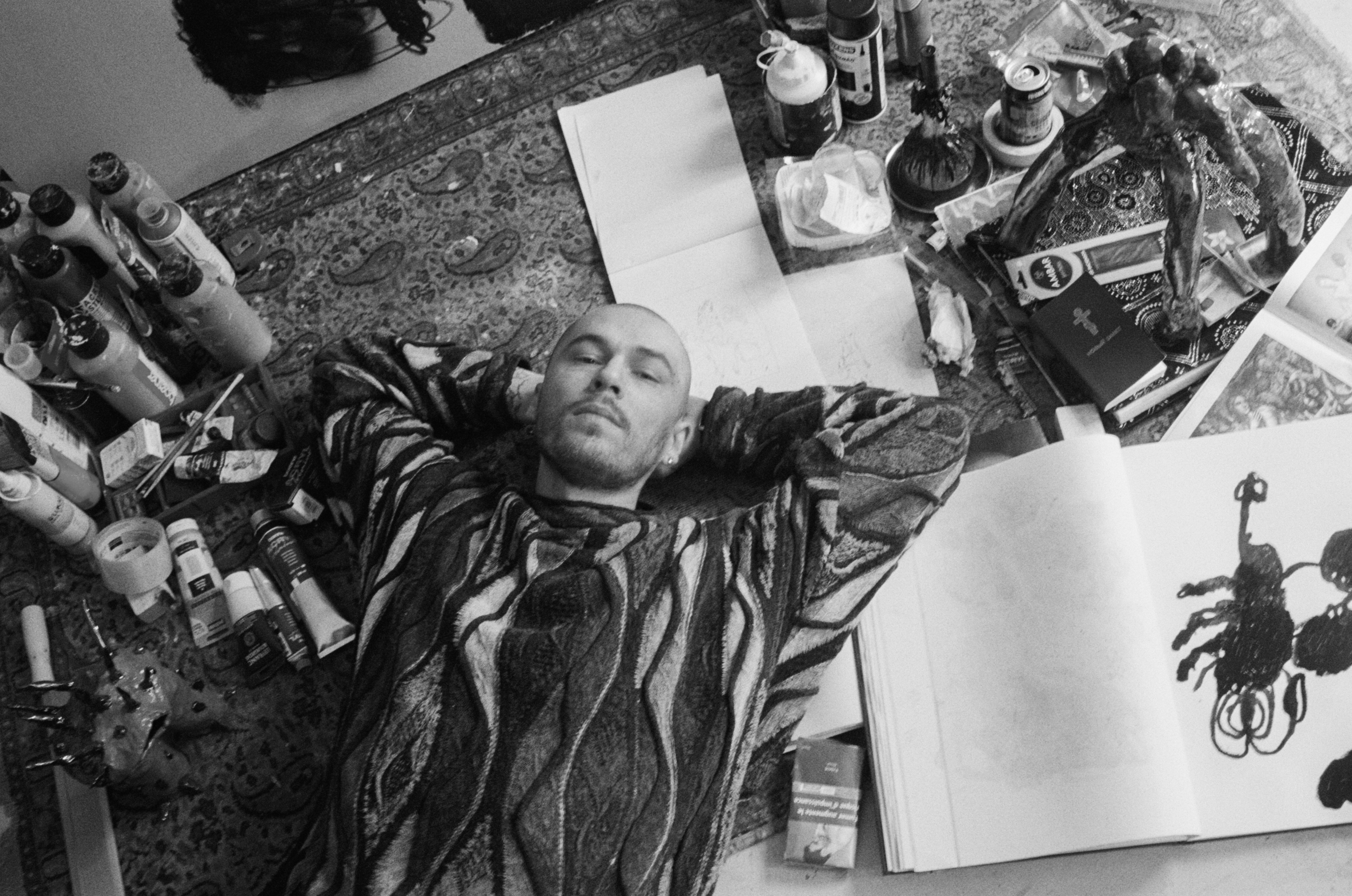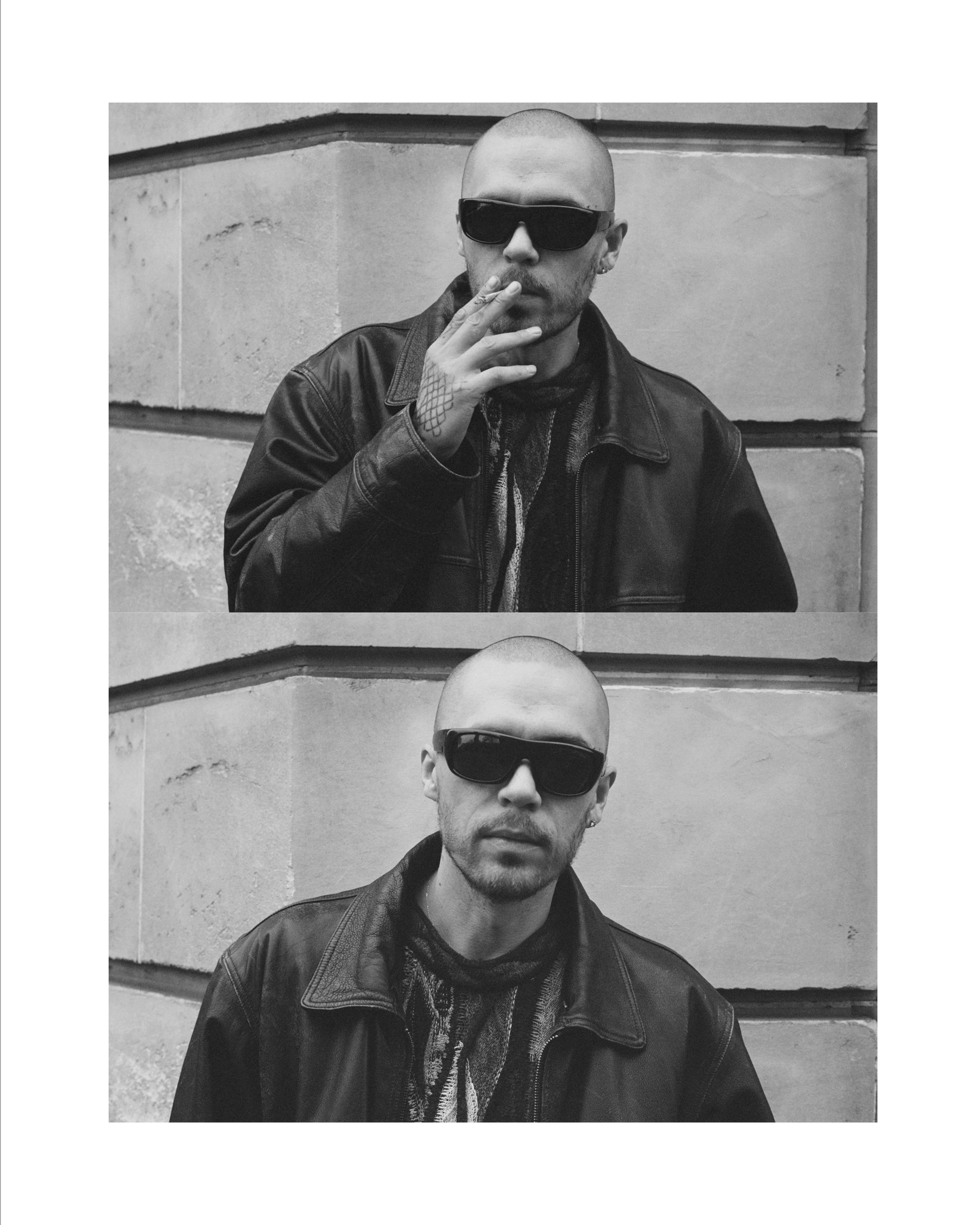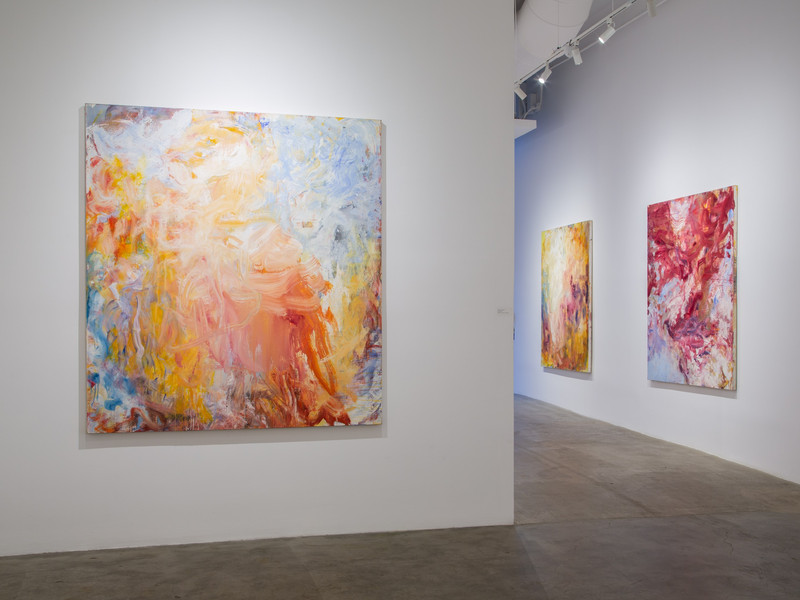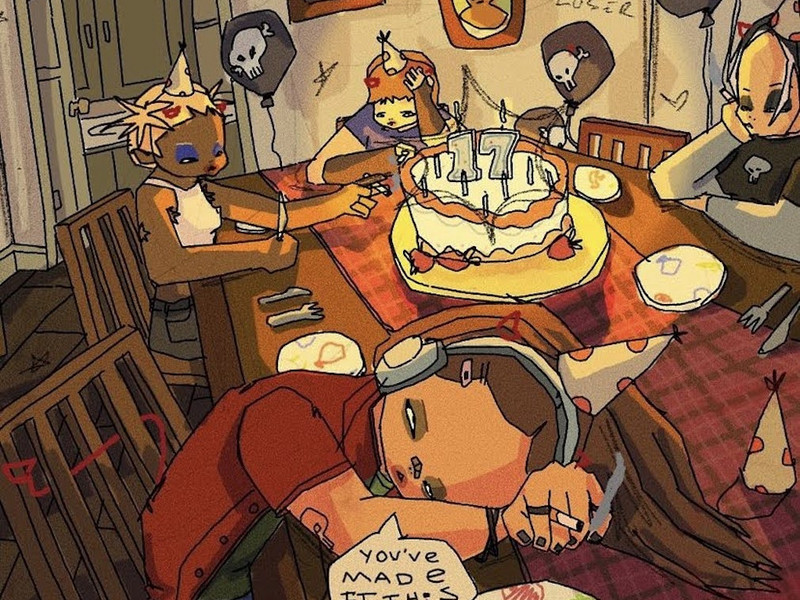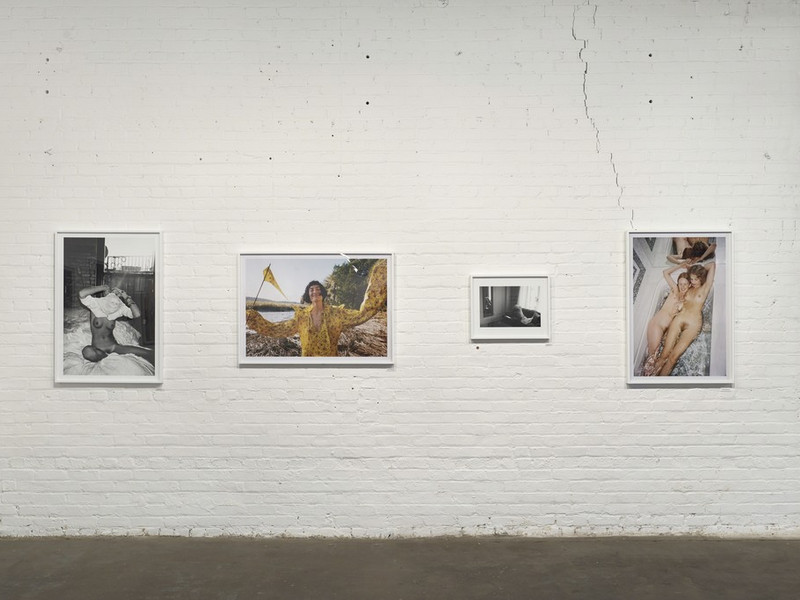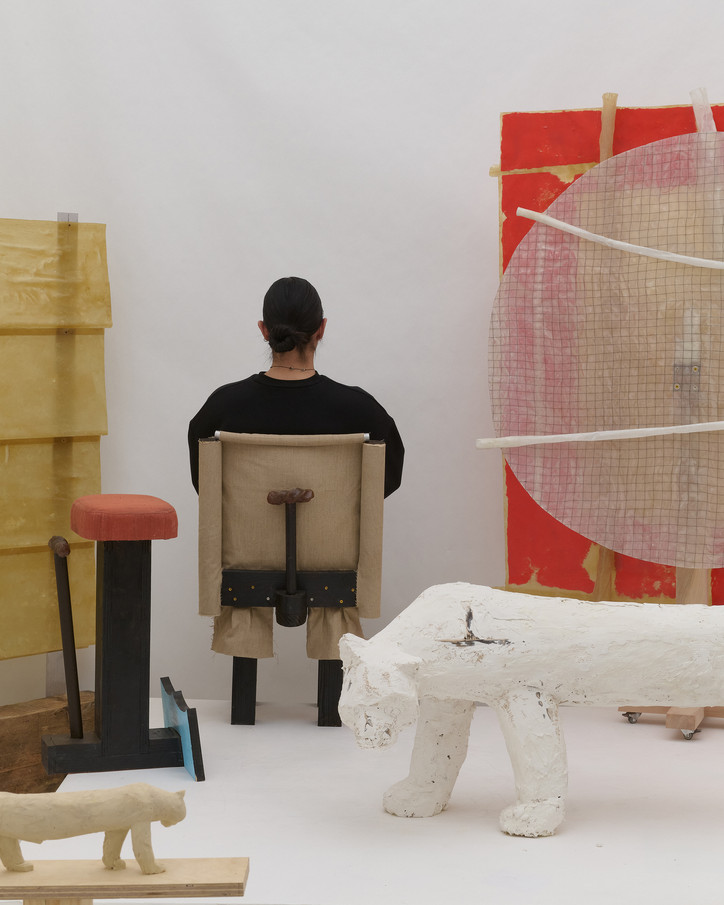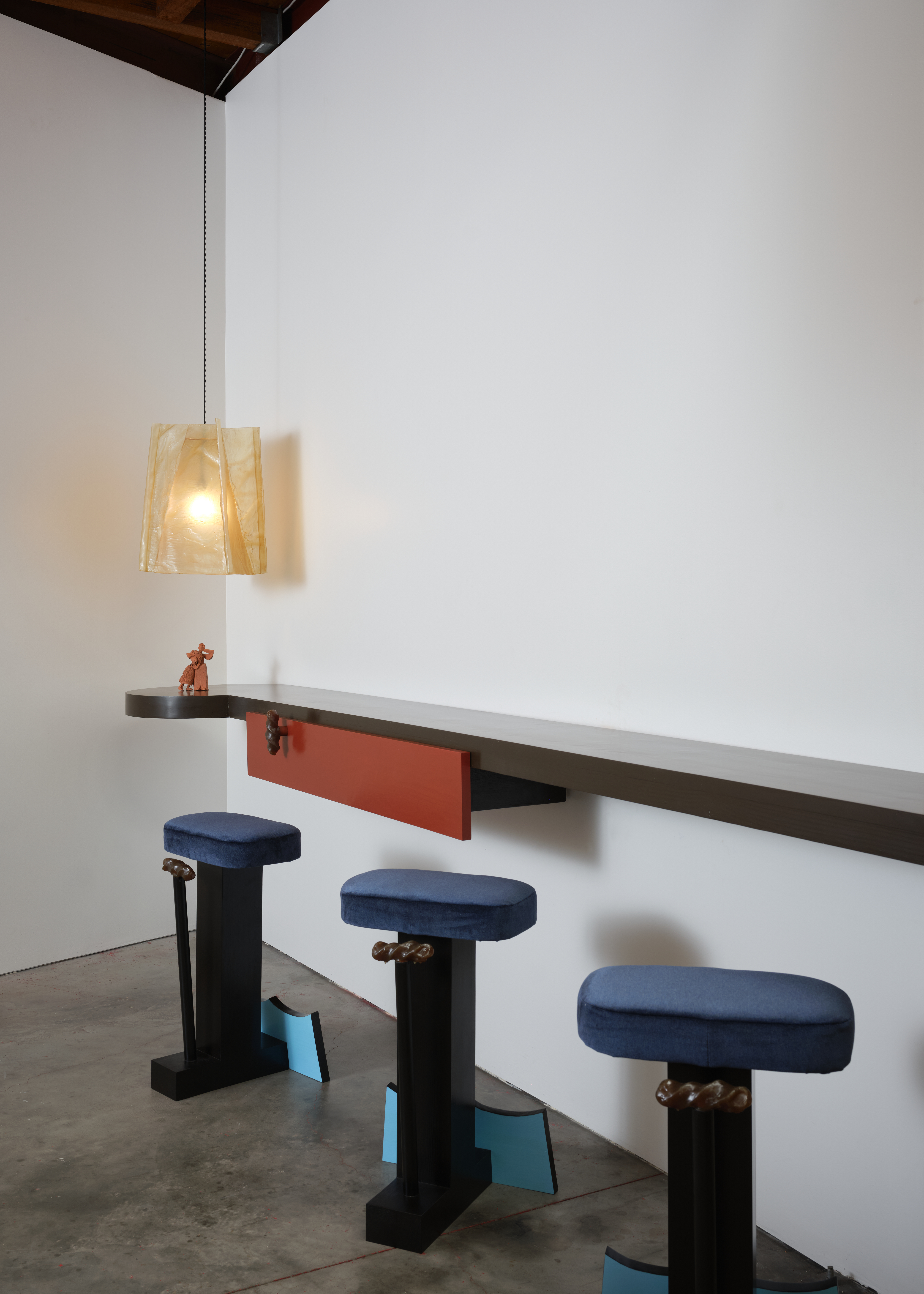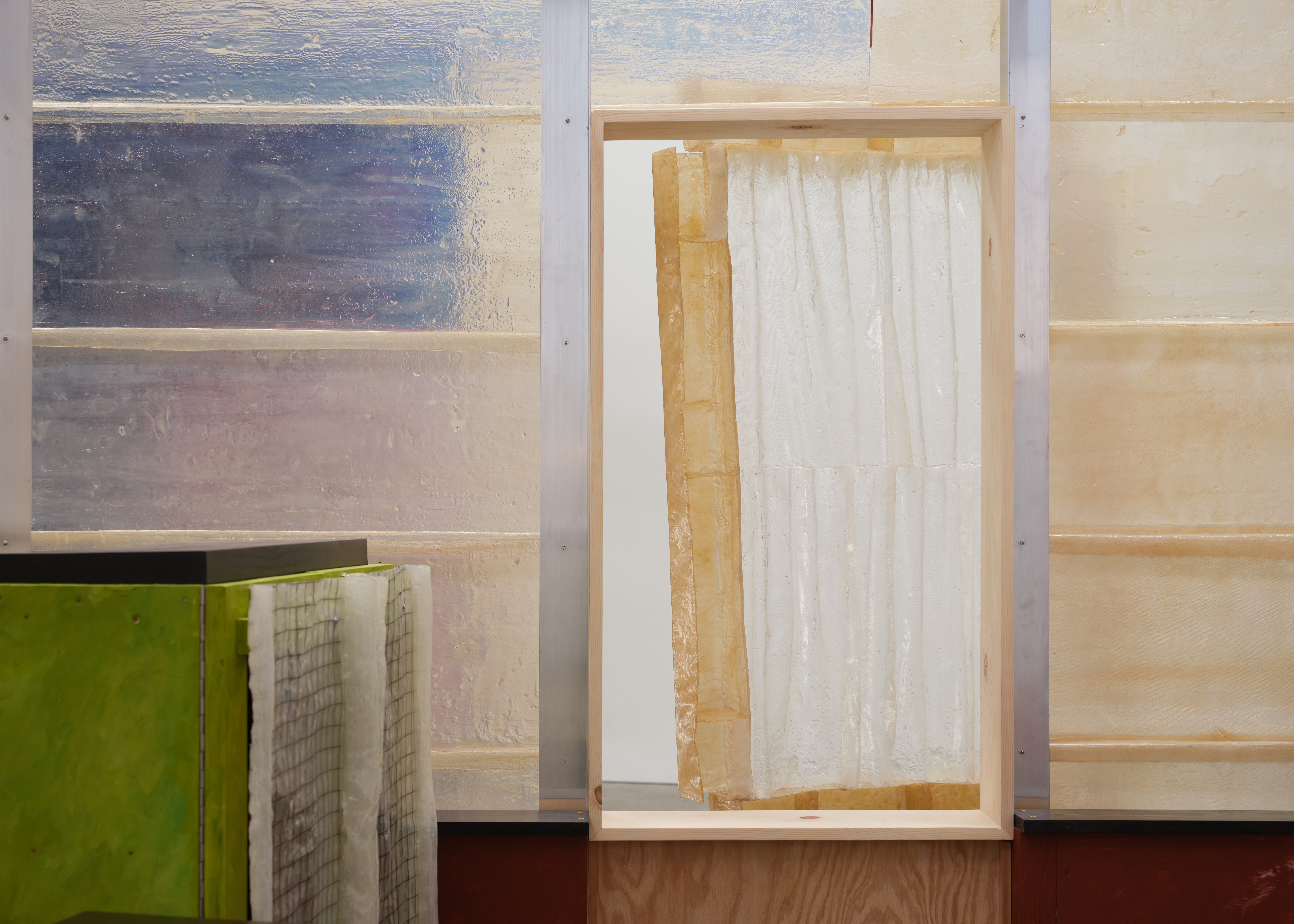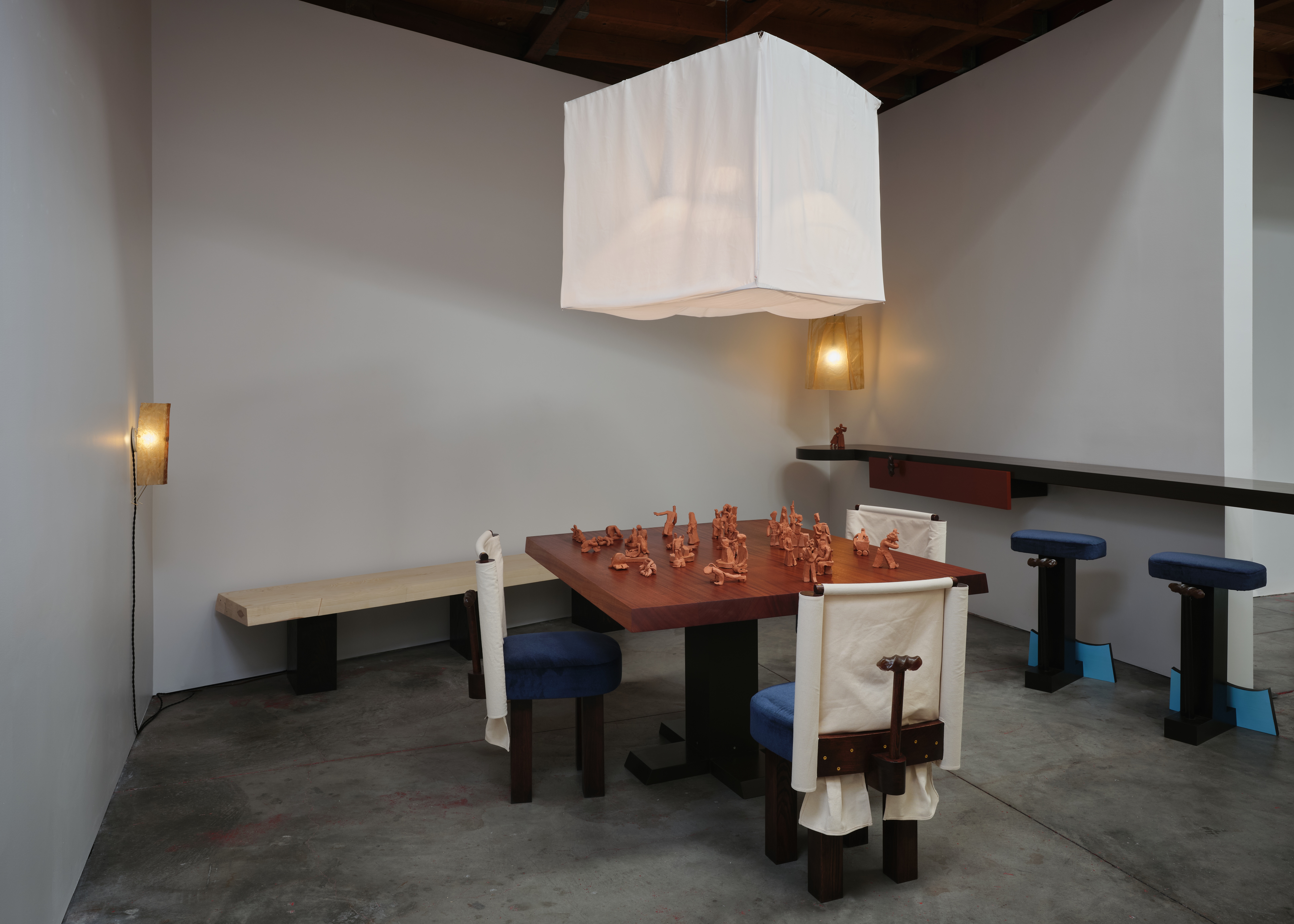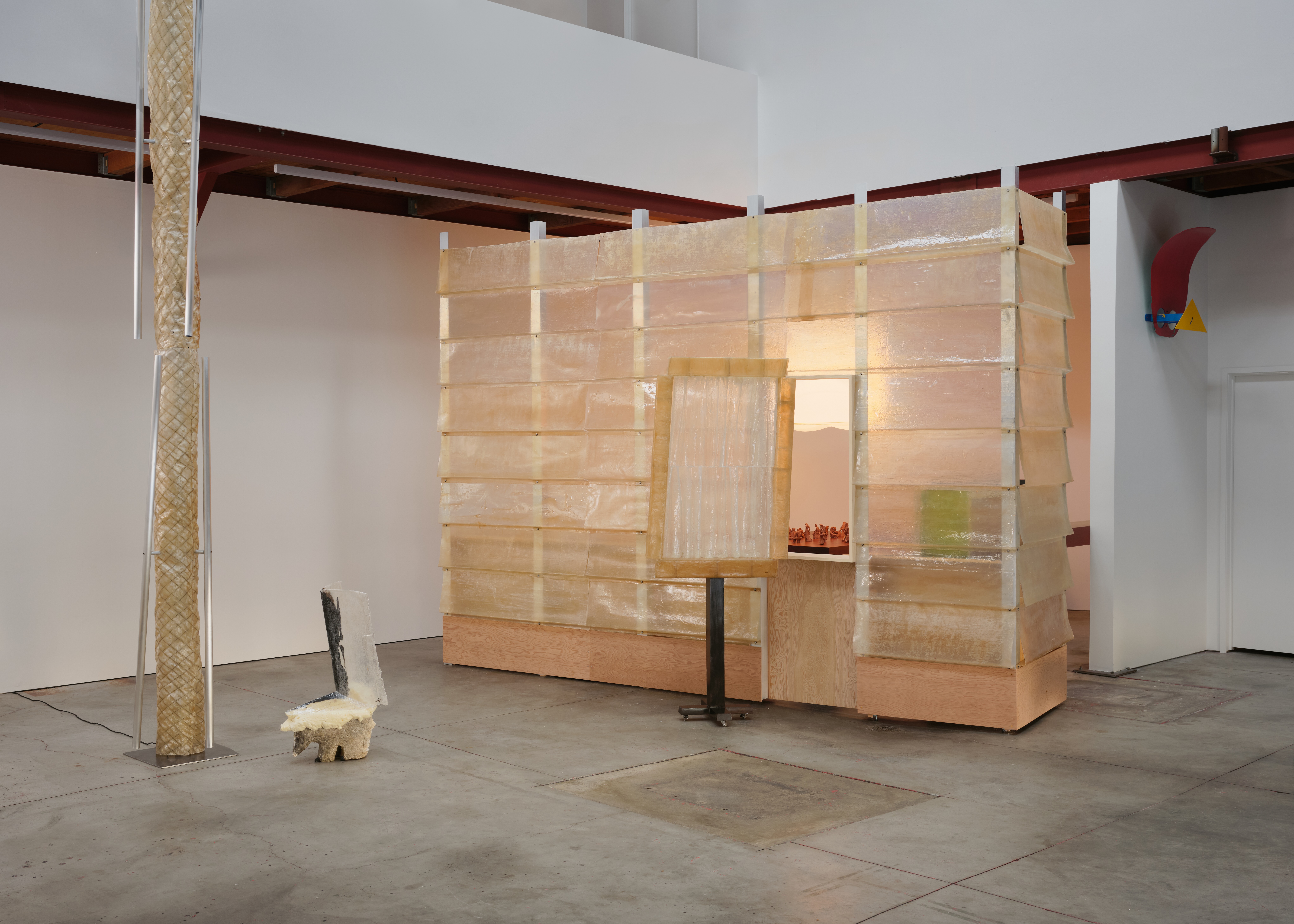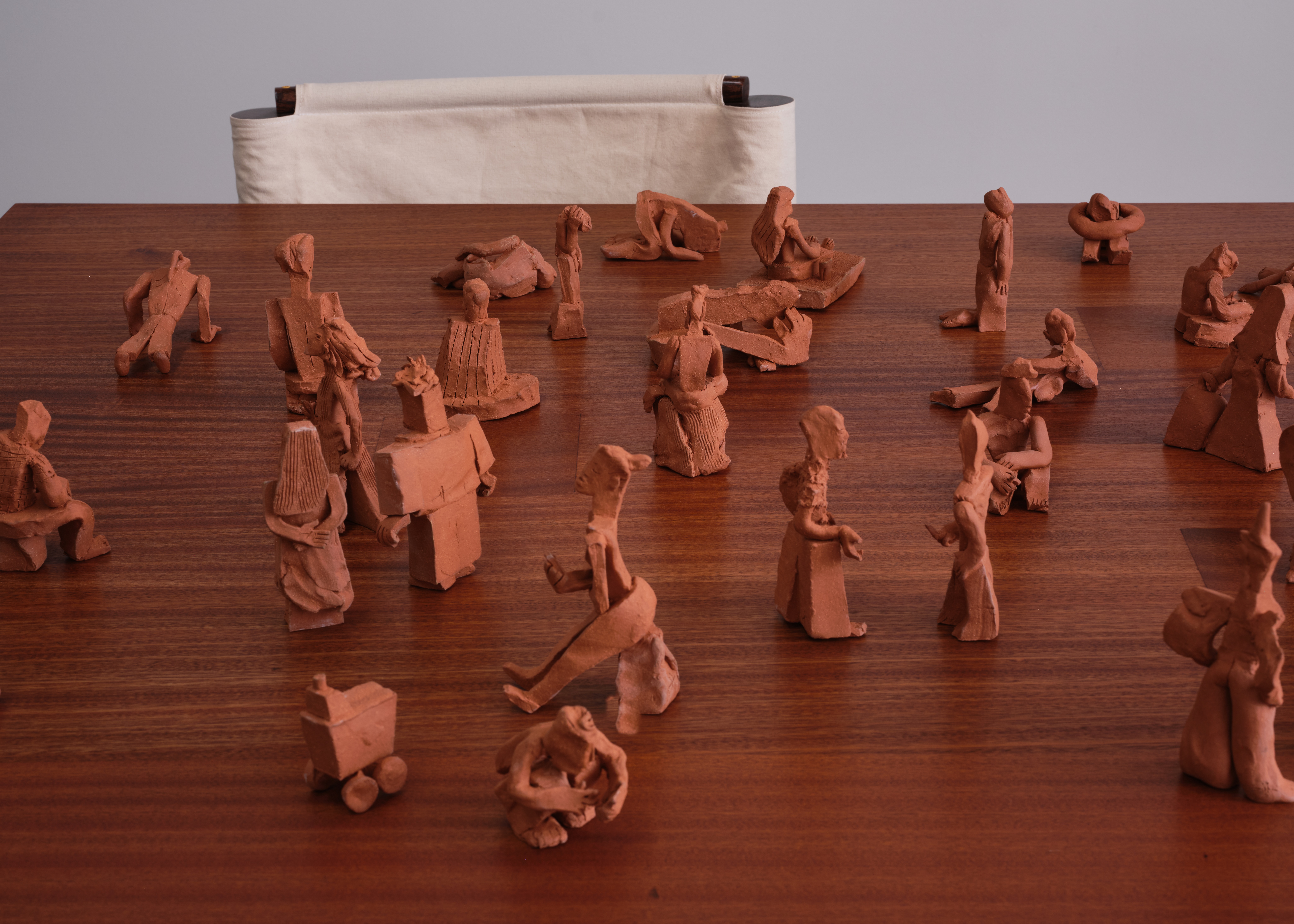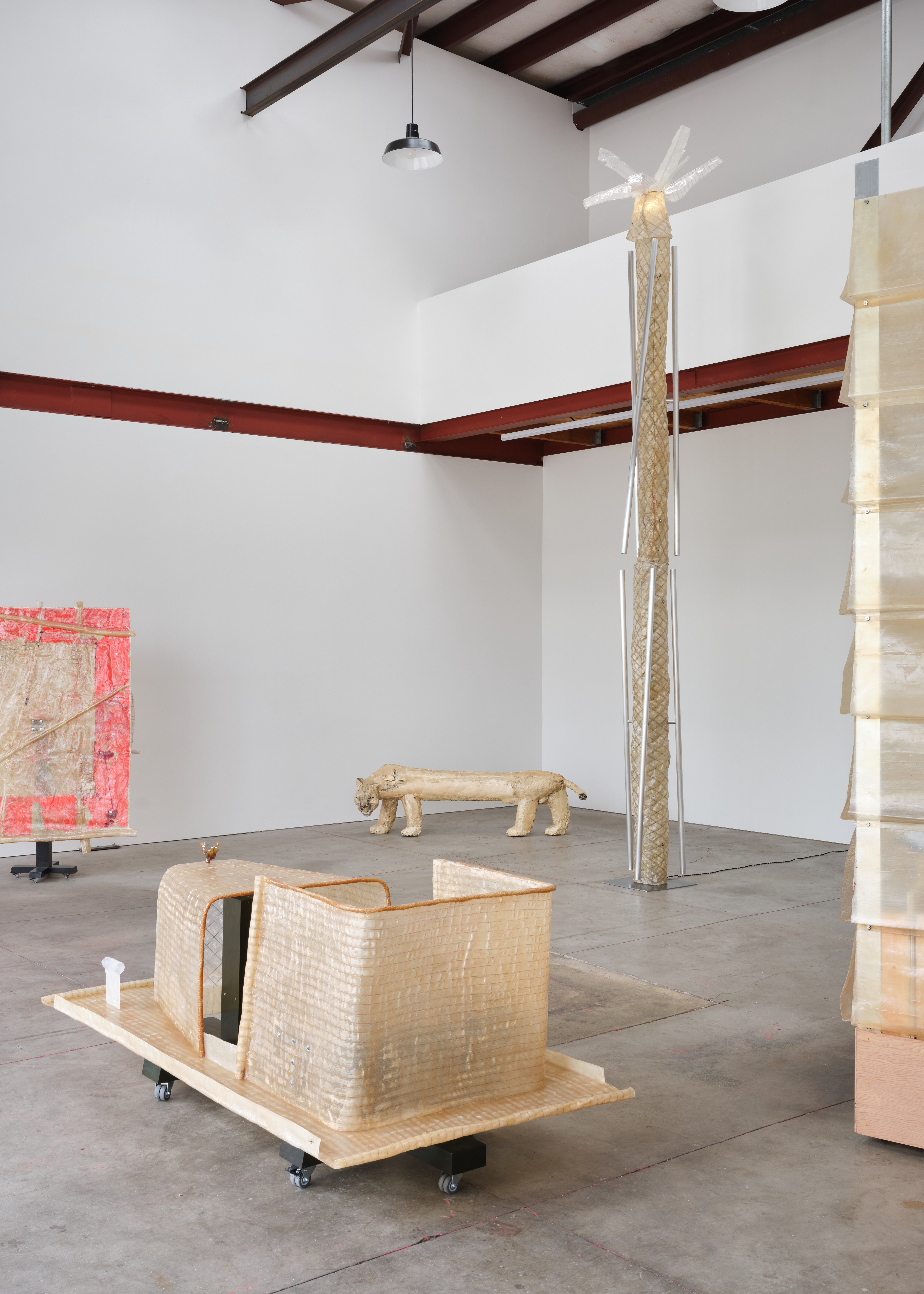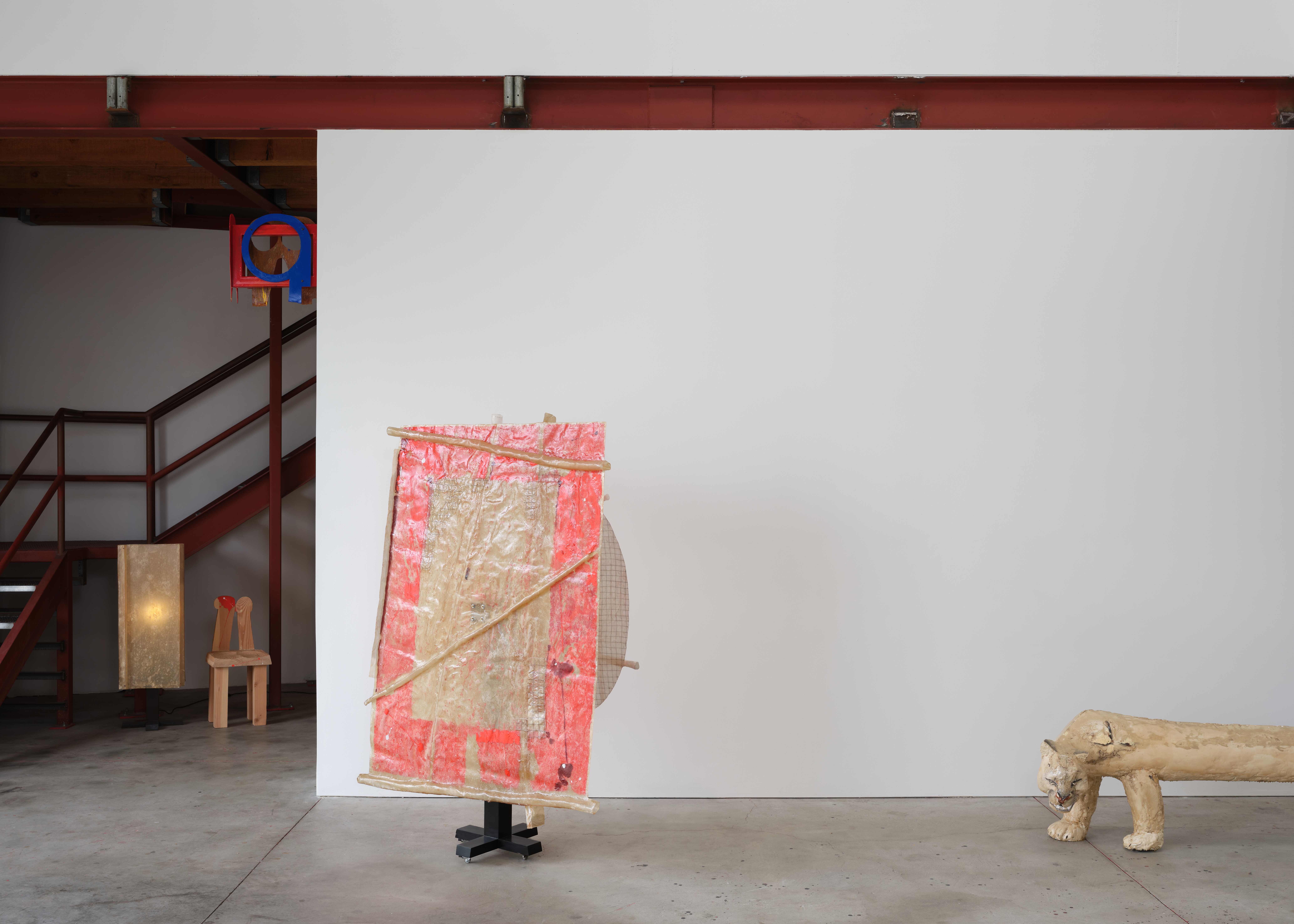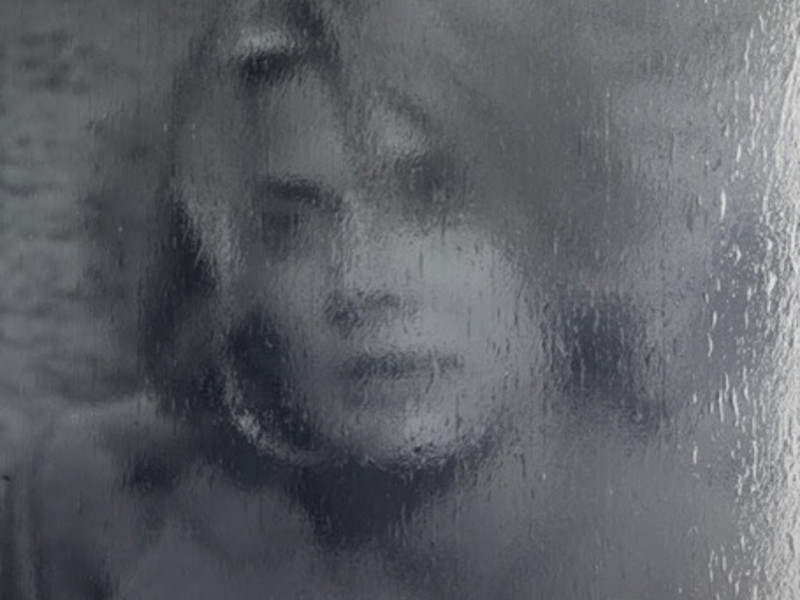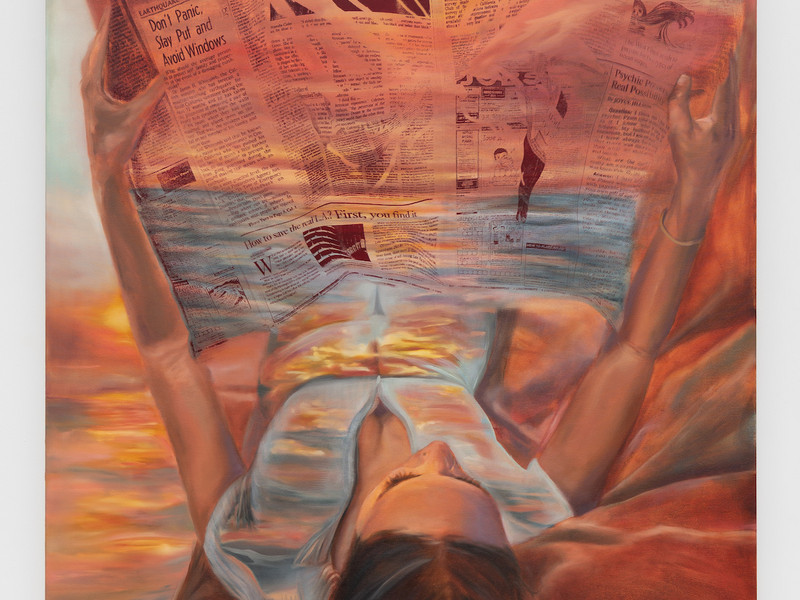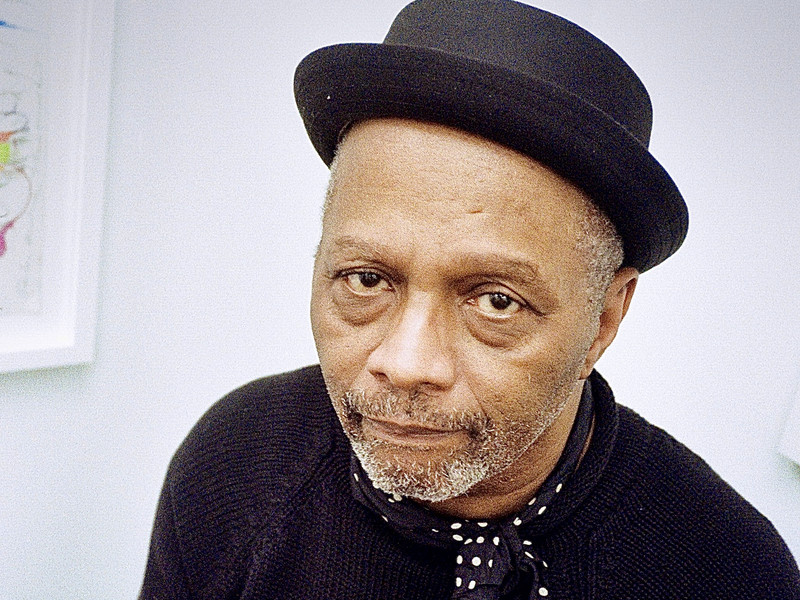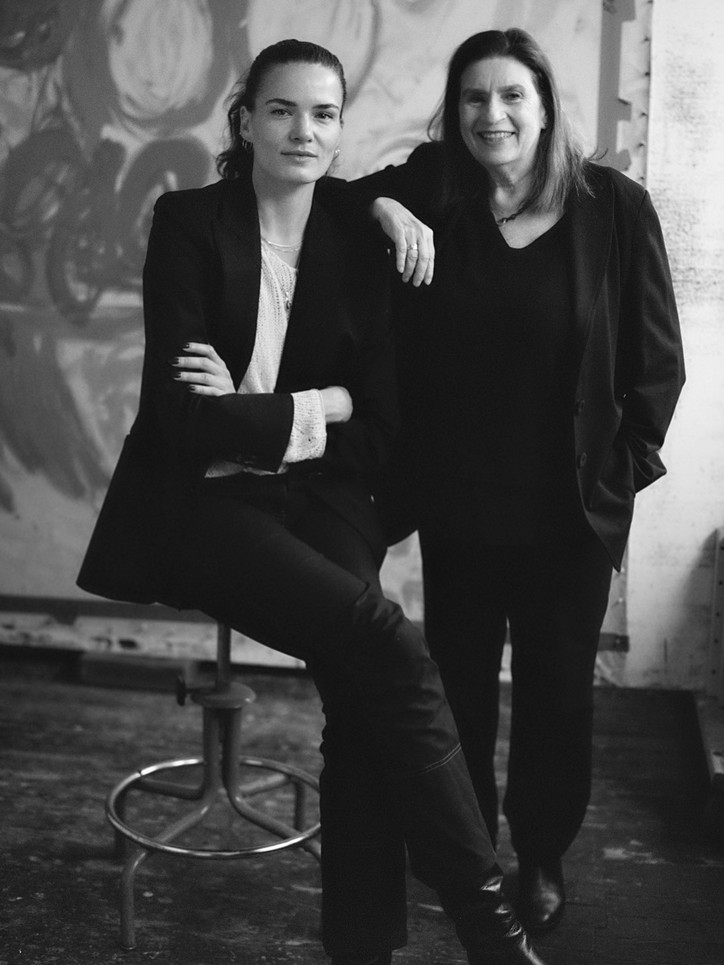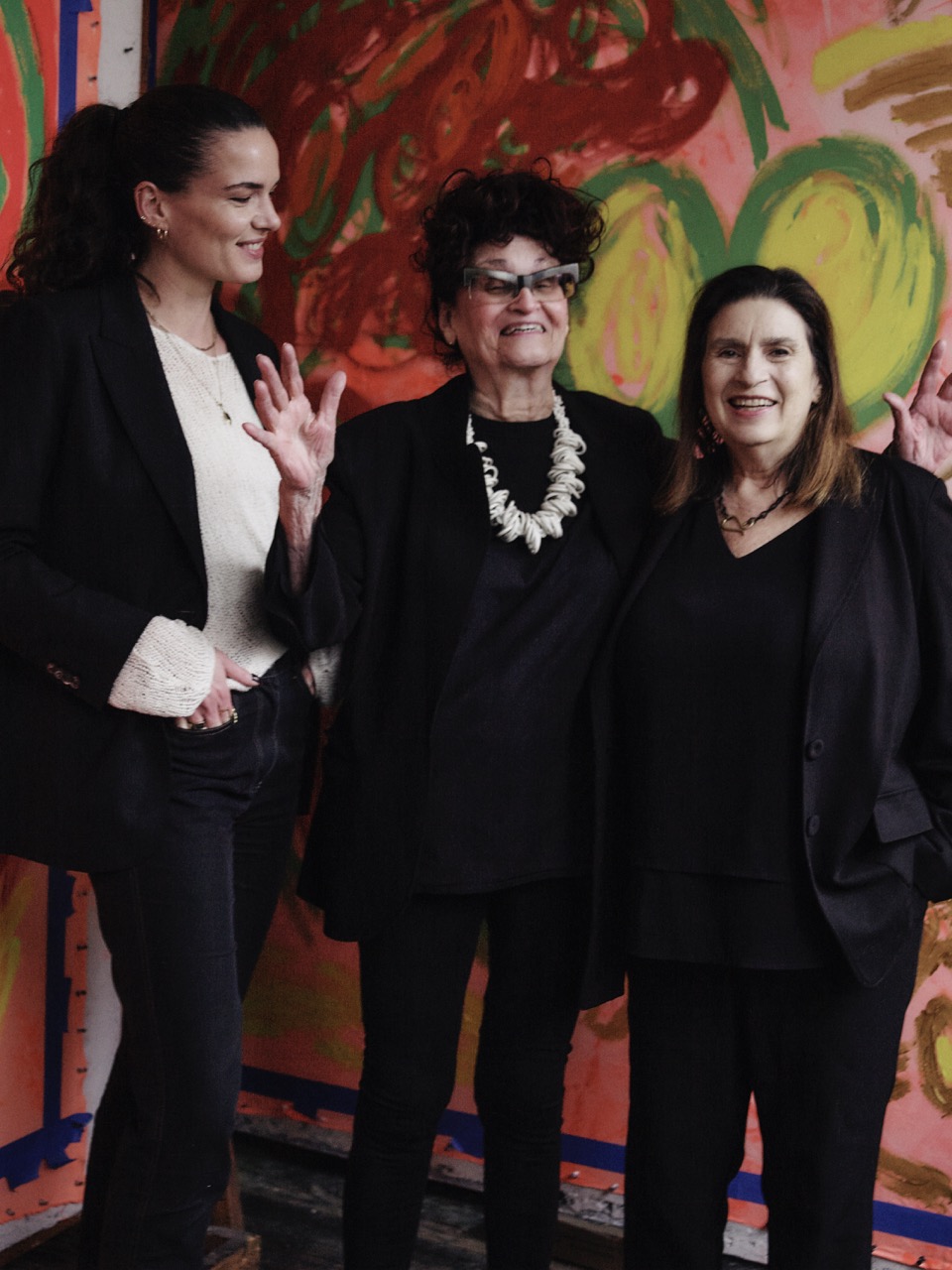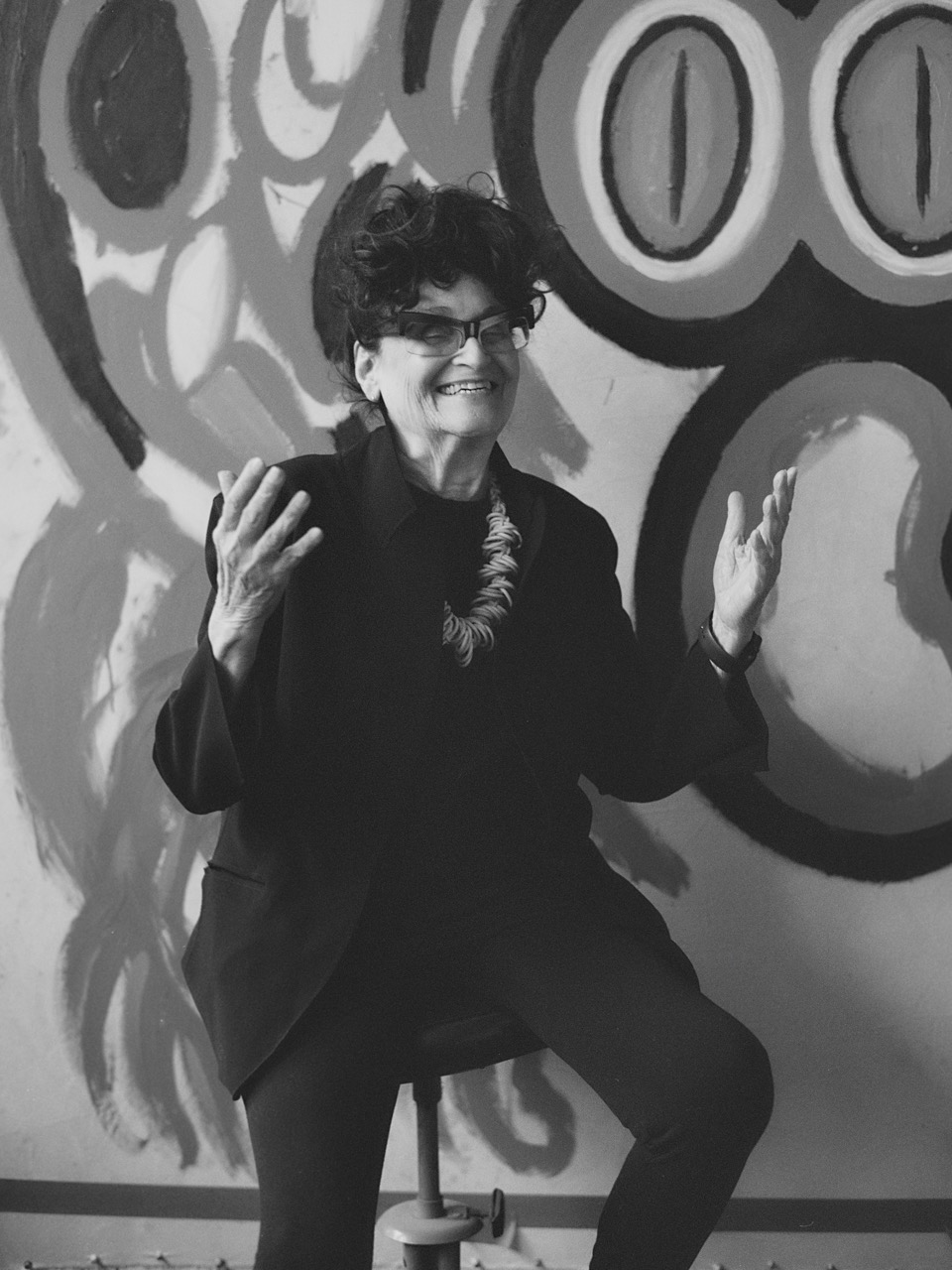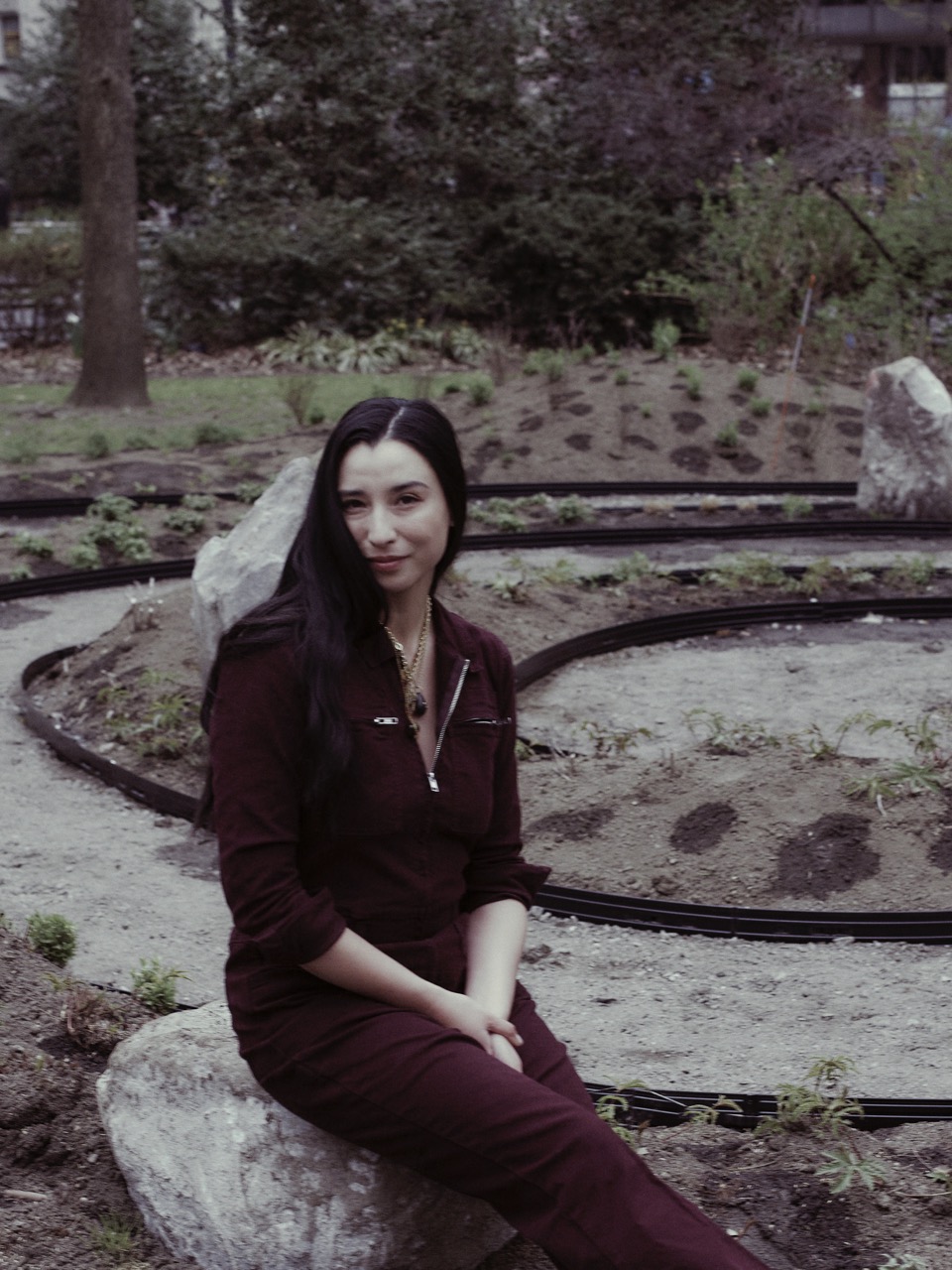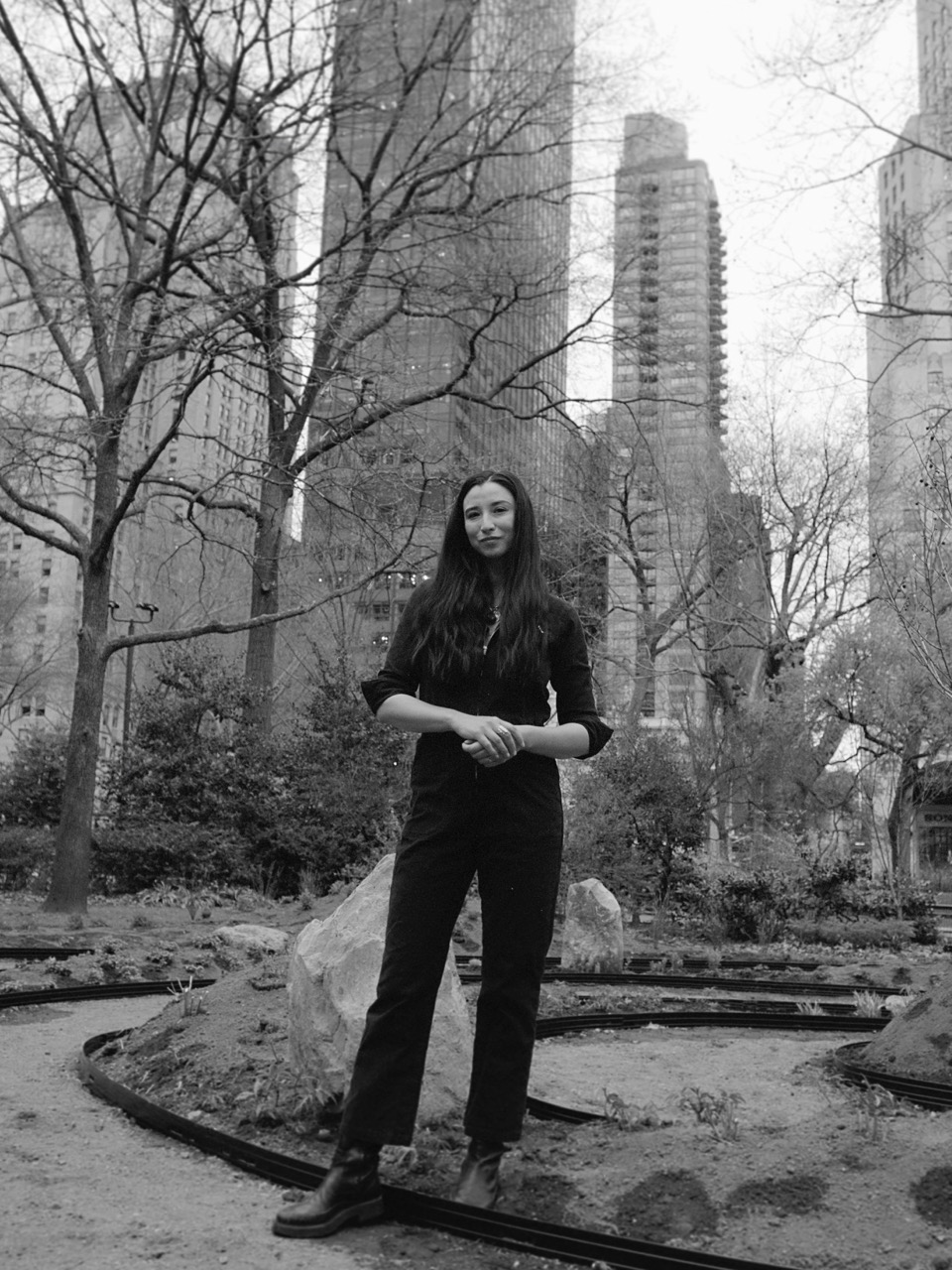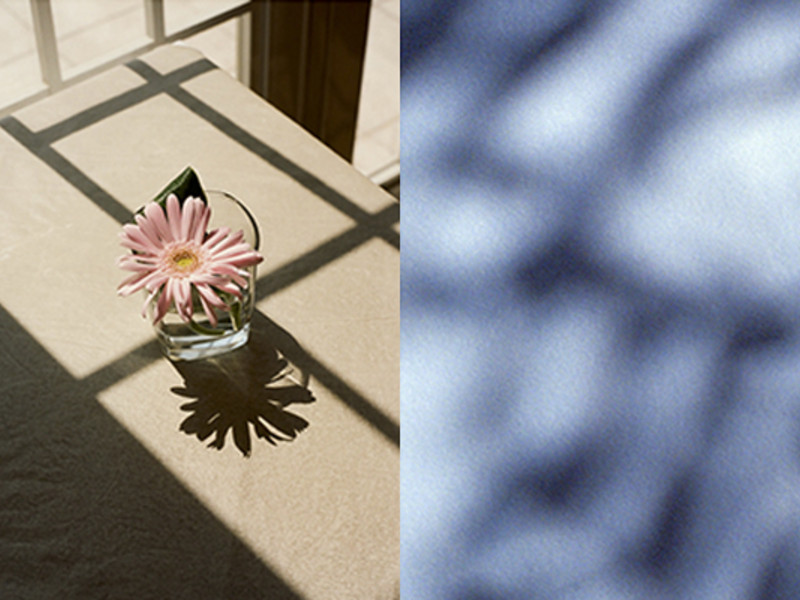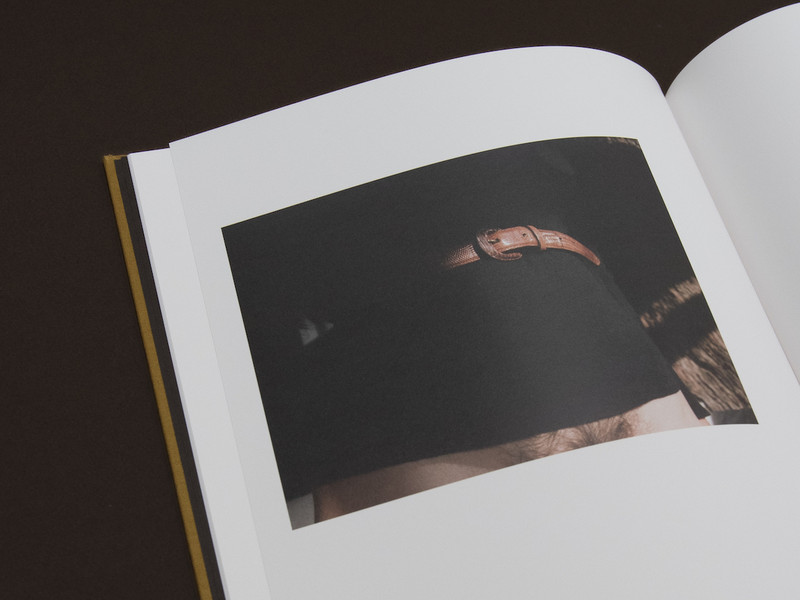Since your practice often involves talking to people and going places, and ATLT’s debut billboard installation took place during the pandemic, I was wondering—did you select an artwork you'd already made, or was this something that you produced during lockdown?
HELINA METAFERIA - I adapted something that I had made the year before. I've been making this work prior to the 2020 uprisings, and so it felt like a service of my work to utilize it for social justice and art spaces and public spaces. So yeah, I've been working at the intersection of art and activism with a focus on women and non-binary people, and thinking about ways in which archival research often doesn't fully encompass our labor within activist histories. I've been working with that theme for a while, and sometimes people are into it, some people feel like it might not be a pressing issue for them. But then, timing brings the work to the surface. Luckily, the work is there and accessible and ready for those moments. I mean, we're in another moment where the question of ‘Art at a Time Like This’ is very pressing. As artists, our job is to keep making the work. And we never know when we'll be called upon, but we should always be prepared and ready.
I love that you created a social practice rubric for your students at Brown to use. How would you evaluate this particular billboard activation, for instance?
HM - As if we're looking at a sculpture or a painting, there can be talking points. There can be ways we can organize a conversation. For the social practice element to this public art project, I would consider thinking about the ways in which it used the limited resources that were available in a way that’s its own creative pursuit. Like, curating is a creative practice in itself. I think they acted in a timely fashion. They engaged artists and community, and created activations around it. An organization was developed and was formed. Many social practice projects start with one show, one work. Then quickly the need starts to grow, and you want to formalize that, to have some sort of structure to support it. If you look at the work of Rick Lowe or Theaster Gates, they started as individual artists, and then it quickly emerged into organizations and nonprofits, and they become institutions within themselves. I think Art at a Time Like This has kept its grassroots feel, but it's quickly growing as an organization that is here to meet the needs of artists and cultural producers and art workers when there is precariousness—and there's always precariousness—so their value will always be there. But it started as a one-off project, and it just kept growing. And I think in that way, the scaling up of it reminds me of a lot of great social practice work.
People wonder if every original idea’s been had. Like, what can still happen with art? I do think social practice is it—especially because there's such a disconnect between the values the art world alleges to espouse versus the values it actually practices. Do you have thoughts about how social practice might grow in art over the next 50 years or so?
HM - The term itself is new—only like 20 years old—coined in 2005 through institutions, right? It takes art historians a decade or more to really articulate what artists are doing. So what we're doing now, it's yet to be defined, and we won't be able to define it readily until years to come. That's what history does, allows us to contextualize. So, I mean, it's quite unpredictable, because it's still brewing. It's gonna be related to what happens with our nation, the international, global art world, but also what's happening in the world, right? Artists respond. We don't make art in vacuums. We respond to our environments and our conditions, and we have a platform—a privilege—that allows us to speak to the most challenging aspects of society. That's what contemporary art does.
I think there are people who don't want to see contemporary art flourish because it has a critical voice, and artists have a lot of agency. Artists are always going to make, first of all, but the future of any art form will be determined by the greater geopolitical circumstances. It'll be determined by freedom and democracy and ability for free speech, whether it's overt or covert. Artists will always make, as I said. Whether it'll be concentrated in Europe or in Asia or in Africa or in the US will be determined by governments. I think the beauty of any art form is that so much is unknowable.
While we wait for history to be made, what are you working on?
HM - I'm in a group exhibition that Barbara Pollack curated at Jane Lombard Gallery in New York City. It's called Facial Recognition, and it's up through April 26. I have a solo exhibition at Project for Empty Space, which is a nonprofit in Newark, New Jersey. That’s open May 6 through the end of August, and it’s curated by another powerhouse curator group, Jasmine Wahi and Rebecca Pauline Jampol. The title of that show is “When Civilizations Heal.” It's an interdisciplinary exploration of 60 years of activist archives led by women of color. I'm premiering a work in progress of a feature film and showcasing new collages and sculpture and video and installation. I’m in some group shows now at Palais de Tokyo in Paris, called “Collective Joy.” At LACMA, called “Imagining Black Diasporas.” Oh, and at the Knoxville Museum of Art called “States of Becoming.”
You never know, as an activist artist, whether things are going to slow down for you when there's political turmoil, or if things are going to speed back up because people want the work. Time will tell. But my overall message to any artist who works at the intersection of art and activism is just to keep going, to keep making the work. The resources may expand, may shrink. The audience for your work may expand, may shrink. You really can't control that. All you can do is remain consistent and authentic and work through the studio practice, the community engagement, the performance, whatever it is. Work through that from a place of integrity, because that is more of an inner work that supersedes the outer circumstances. It's a continuous dialogue between you and you, in response to the world.
